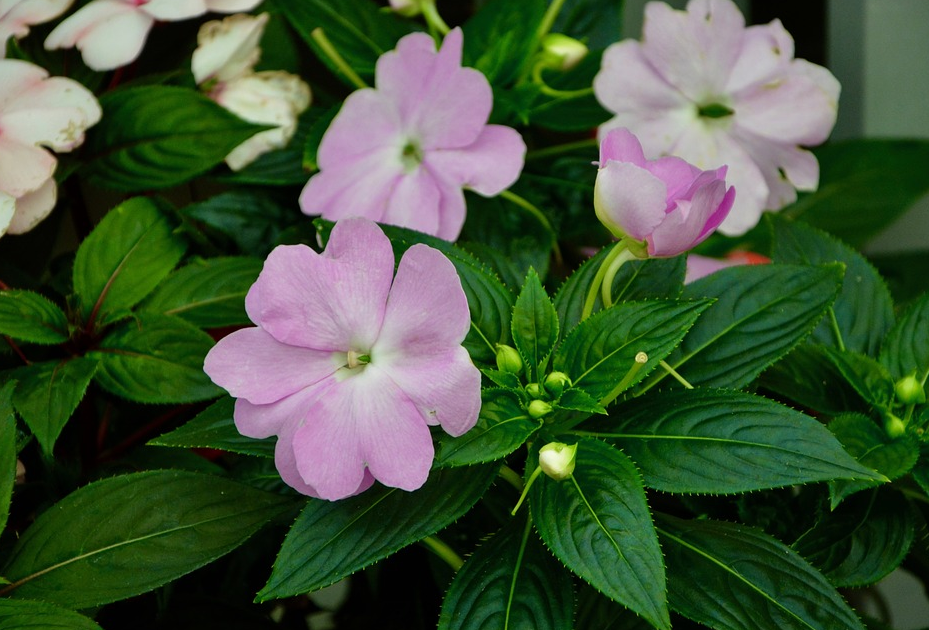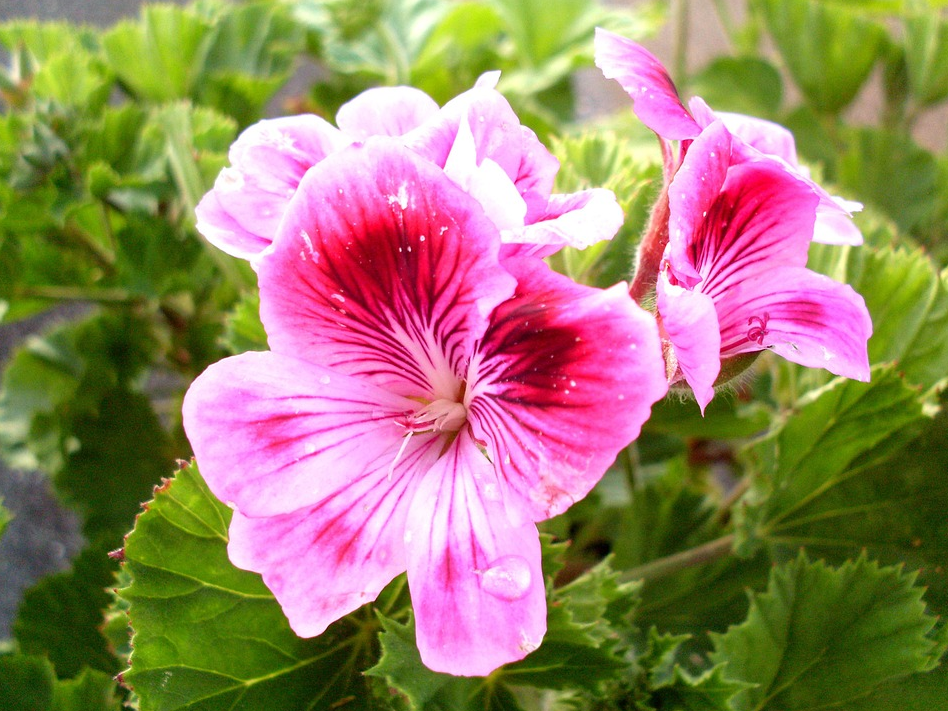What if the leaves of sweet-scented osmanthus turn yellow? Is it suitable to keep it indoors? How to raise it well?
Sweet-scented osmanthus is one of the top ten traditional flowers in China. It is an excellent ornamental and practical tree species with greening, beautification and fragrance. Osmanthus fragrans can be regarded as unique. Especially in mid-autumn, when Cong Gui is in full bloom and the night is in full circle, it is refreshing to enjoy the wine and Chen Xiang to the nostrils. What if the leaves of sweet-scented osmanthus turn yellow? Is it suitable to keep it indoors? How to raise it well?

What if the leaves of sweet-scented osmanthus turn yellow
The yellowing of sweet-scented osmanthus leaves requires countermeasures: if it is caused by inappropriate temperature, it should be given an appropriate temperature; if it is watered too much, it should be watered less, and the soil should not be watered; if it is less fertilizer or too much fertilizer, it is necessary to apply reasonable fertilizer; if the soil quality is not suitable, it is necessary to change the soil quality properly.
1. Appropriate temperature
15-28 ℃ is the optimum temperature for sweet-scented osmanthus to grow. The summer temperature is too high. If it is not cooled down or still exposed to the sun, its leaves will easily turn yellow. If the winter temperature is too low, if we do not take proper heat preservation measures, it will also cause its leaves to turn yellow. Therefore, when raising sweet-scented osmanthus, we should pay attention to cooling in summer, put it in a more cool place, keep warm in winter, and move it indoors.
two。 Reasonable watering
This kind of flower is not resistant to waterlogging. once it is watered too much, it is easy to cause its rotten roots, which will inevitably lead to yellow leaves. Therefore, when planting this kind of plant, we must choose loose soil with good drainage. In addition, daily watering should not be too frequent, nor should we water too much at one time. Just water the basin soil after it is dry.
3. Correct fertilization
If less fertilizer will lead to the yellow leaves of this plant, so we should reasonably apply fertilizer, liquid fertilizer and compound fertilizer during its growing period, but we should pay attention to the concentration should not be too high. In addition, we should change the basin and soil in time to ensure that the soil is not hardened and that there are enough nutrients in the soil. It is worth noting that there is no hurry when applying fertilizer, too much fertilizer or too much concentration at one time is not conducive to its growth, and even cause it to burn roots and yellow leaves.
4. Change the quality of the soil
Relatively speaking, it prefers acidic soil. If the soil is alkaline or alkalized, the leaves of this plant may turn yellow. To keep the soil acidic, you can add a little ferrous sulfate or leftover beer when watering. Also note that both ferrous sulfate solution and beer should be diluted and the concentration should not be too high.
Is sweet-scented osmanthus suitable for growing indoors
1. Osmanthus fragrans is very suitable for indoor culture.
Sweet-scented osmanthus is not poisonous and will not do any harm. You can rest assured to keep it indoors.
Sweet-scented osmanthus is one of the traditional famous flowers in China. After the flowers are in full bloom in mid-autumn, the clusters and clusters of sweet-scented osmanthus appear spectacular and ornamental. In addition, it can also exude a kind of fragrance, Chen Xiang to the nostrils, let a person produce a kind of refreshing feeling.
Sweet-scented osmanthus blossoms in autumn, which is the season of harvest. Therefore, its moral contains the term "harvest". There are many poems describing it, and it contains rich cultural details. In addition, there are many legends about it, such as "Wu Gang cut Gui" and so on. It's interesting to keep it indoors.
two。 Matters needing attention
Some friends may be allergic to the pollen of sweet-scented osmanthus, so you need to pay attention to keeping it indoors. Keep a distance from the plant after flowering. Some friends may not be able to stand the strong aroma and should be cautious when deciding whether to breed or not.
If raised indoors, the most important thing to pay attention to is light. It needs to be put in a place with good light, otherwise its growth is weak and there are few flowers.
Third, how to raise Osmanthus fragrans well
1. Basin soil
Osmanthus fragrans like fertile, well-drained slightly acidic soil, which can be mixed with humus or peat, garden soil, sand or river sand.
two。 Watering
Sweet-scented osmanthus should be watered less before the new shoots grow, as long as the soil is slightly moist. Too much watering will not only affect the growth of new roots, but also rot roots. Watering should be reduced in the rainy season and increased in the hot summer season. Water is watered once every morning and evening. When the sun is strong, you can spray some water mist appropriately. There is no stagnant water in the basin.
3. Fertilizer application
It is necessary to apply fertilizer frequently and less during the growing period, and thin cake fertilizer can be applied every half a month after germination, which can help new branches grow better; in May, in order to make the branches more mature, phosphorus and potassium fertilizer can be applied once every 10 days. Watering and loosening the soil after each fertilization can make it grow better.
4. Light
Cultured sweet-scented osmanthus must have plenty of sunshine, it is a long-sunshine plant, so it is better to make it fully exposed to sunlight to promote photosynthetic growth. If there is not enough light, its branches will be very thin and flower buds will be difficult to form.
5. Temperature
The suitable temperature for the growth of sweet-scented osmanthus is 15-28 ℃, and the lowest temperature can accept-13 ℃. Seedlings can not grow in a high temperature environment, shade maintenance measures should be taken, otherwise it is easy to cause it to wither.
Time: 2019-04-05 Click:
- Prev

What's with the rotting roots of impatiens? What shall I do? How to get through the winter safely?
Impatiens, also known as henna, like the sun, afraid of dampness, heat and cold resistance, strong survivability, good adaptability, generally few diseases and insect pests. But domestic impatiens sometimes have rotten roots, so what about the rotting roots of impatiens? What shall I do? How to get through the winter safely? The reason for the rotting Root of Impatiens
- Next

Mosquitoes are most afraid of these 8 kinds of flowers, raise a pot, mosquito-repellent incense flower dew throughout the province!
It's really annoying that mosquitoes circle around their ears in summer. Lighting mosquito-repellent incense can only faint the mosquitoes, and it will be alive again in a few hours; the smell of toilet water is so strong that the mosquitoes have fainted themselves, so it is better to raise a few pots of flowers at home. Mosquitoes are most afraid of these 8 kinds of flowers. Raise 1 pot, mosquito-repellent incense flower dew will save the province! Mosquito repellent grass
Related
- Fuxing push coffee new agricultural production and marketing class: lack of small-scale processing plants
- Jujube rice field leisure farm deep ploughing Yilan for five years to create a space for organic food and play
- Nongyu Farm-A trial of organic papaya for brave women with advanced technology
- Four points for attention in the prevention and control of diseases and insect pests of edible fungi
- How to add nutrient solution to Edible Fungi
- Is there any good way to control edible fungus mites?
- Open Inoculation Technology of Edible Fungi
- Is there any clever way to use fertilizer for edible fungus in winter?
- What agents are used to kill the pathogens of edible fungi in the mushroom shed?
- Rapid drying of Edible Fungi

